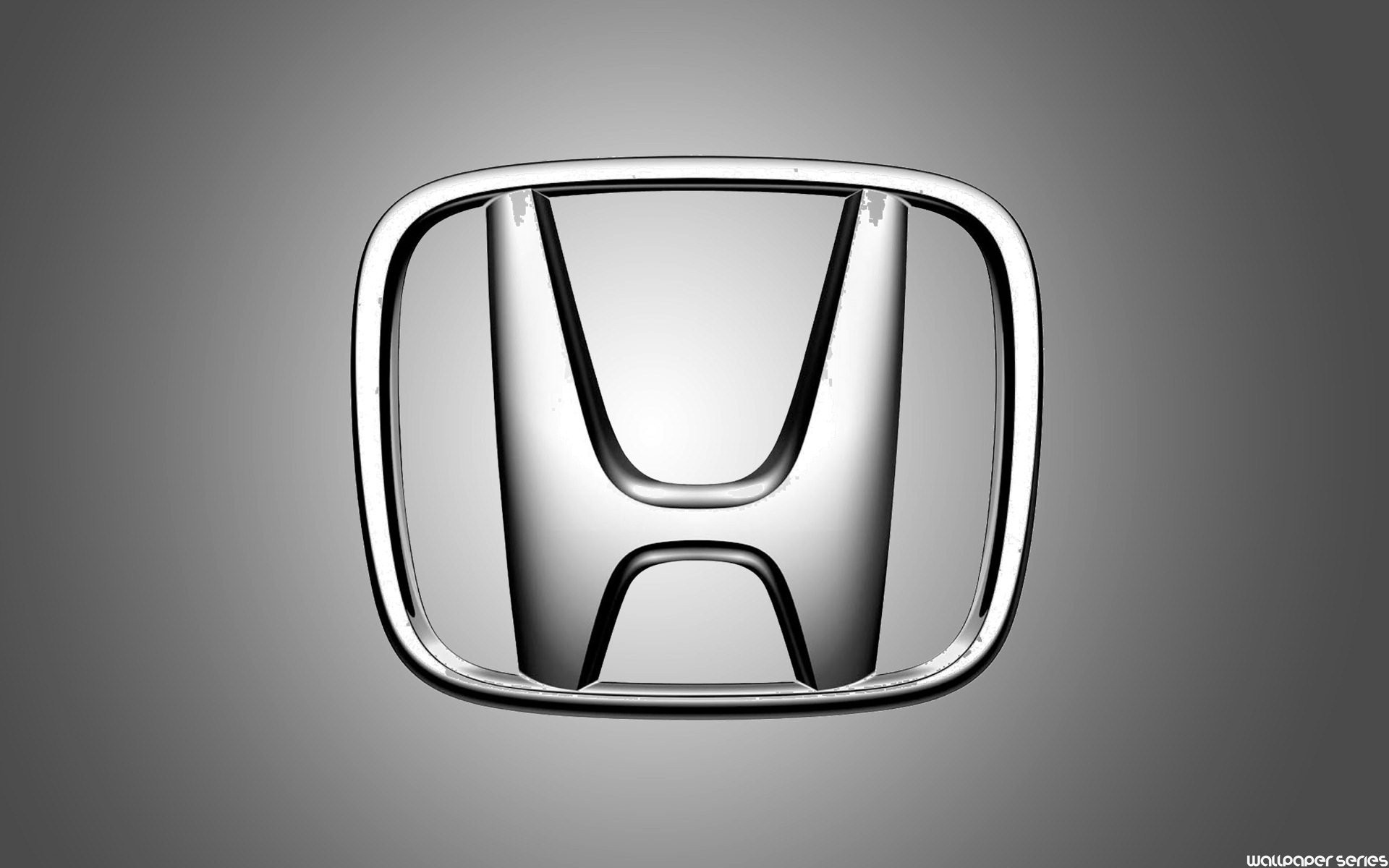Engine block material - aluminum vs compacted graphite iron CGI for Formula 1 ?
I know that F1 engine manufacturers use aluminum for their engine blocks but why not compacted graphite iron CGI which is used by Nascar teams and seems to have some benefits like added strength. CGI is lighter than the regular iron blocks in diesel engines and stronger than aluminum 319, A356, A357.
Since CGI is stronger and tougher, block walls can be thinner and main bearing saddles narrower, trimming overall engine length and weight. No cylinder liners or expensive bore-surface treatments are needed inside the strong CGI, a significant cost savings. CGI is tougher, more compact, and less expensive than the all-aluminum alternative.
Compacted Graphite Iron vs Alloyed Grey Iron...
Audi 3.0L V6 with engine block made out of CGI...
vs...
Mercedes 3.0L V6 made out of aluminum...
The Audi CGI engine is 15 kilos lighter and 125mm shorter in length...
- Login or Register
No account yet? Sign up

